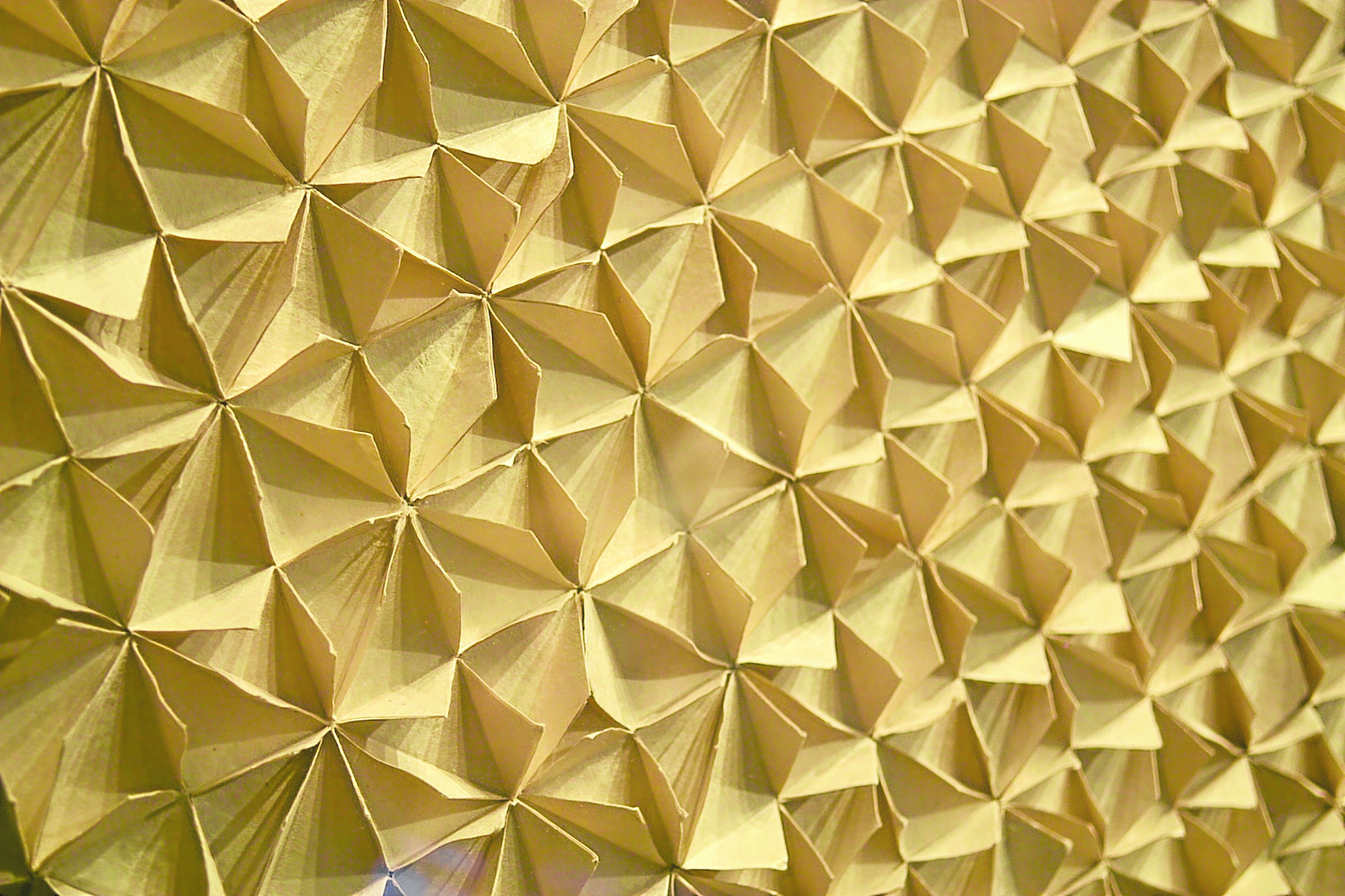Unexpected recycled products from agricultural wastes and old books can embellish your walls, tables or any nook.
Japanese creative Wataru Sakuma has been innovating from nonwood pulp, ranging from decorative products to contemporary art. A longtime resident of Tagaytay, Sakuma is the chair and creative director of Masa Ecological Development Co. (Masaeco), a Cavite-based green manufacturer/exporter that specializes in wallpaper and accessories made from the fibrous parts of agricultural wastes and used paper.
Sakuma studied at Memphis College of Fine Arts and at the New York studio program of Parsons School of Design. In a school project, he saw the design possibilities of pulp by reprocessing carton and changing it into new forms.
Textured wallpaper
He came to the Philippines in 2014 when he saw a Google ad for a designer for a paper and forest-products company, Masaeco. Sakuma began with product development at the studio in a Quezon City garage. His Japanese boss then transferred to a bigger factory in Indang, Cavite, not only to level up the manufacturing but also to provide livelihood.

Masaeco applied Japanese technology and papermaking processes using banana trunks, pineapple leaves, salago, mulberry, cogon grass and rice straws. Sakuma was tasked to design the wallpapers for the Japanese market.
Designers Tony Gonzales and Tes Pasola, then consultants for Center for International Trade Exposition and Mission, invited Sakuma to set up a booth at the Manila FAME trade fair to expose him to more buyers.
Masaeco has since garnered nine Katha Awards at Manila FAME, an acknowledgment given to companies that show innovation and original product manipulation. Masaeco has likewise joined the major trade fairs in France and Germany. Throughout the pandemic, sales have been thriving as it continues to receive orders from wholesalers and wallpaper companies in Europe and the United States.
Characterized by intricate designs and cutouts, the wallpapers have been the company’s core product. “Wallpaper is about texture. We develop our own techniques and make our own tools to create new patterns. Every month, we come out with something different,” says Sakuma.
The most salable is the basic striped wallpaper with lines created from strings that had been dipped into the pulp. The stripes are enhanced by fine line drawings.
Revisionist history
Sakuma likens the design process to child’s play. Some designs highlight strings that are woven into a spiderweb pattern. Other papers are evocative of a Jackson Pollock painting, a mess of layers of unbroken strings stretching across the paper.

Many designs are cutouts of geometric forms in unique compositions. Sakuma expanded the product range to include decorative wall art, which consists of textured, origami-folded and cutout papers layered on top of each other for a three-dimensional effect.
For a limited edition, he has produced wall clocks, made from folded and dimpled pulp, reversible decorative boards and lighting fixtures. The pulp paper can also be used to wrap furniture such as Jinggoy Buensuceso’s table, customized for designer Bea Valdes.
On June 18 at Modeka Gallery, Sakuma makes his fifth foray into art using pulp paper. Titled “Blurred,” the exhibit focuses his viewpoint on how history, particularly during the martial law era, was revised to influence the outcome of the elections.
“It’s about muddling the meaning of history which then becomes a different narrative,” says Sakuma.
The artist collected secondhand Philippine history books from friends and bought from bookstores and e-commerce sites. The pages were ripped and processed into pulp to make a new kind of paper with rough textures.
The dry paper was cut out into synonyms of “history,” such as “narrative,” “chronicle,” “account,” “past,” to name a few. The cutout words were layered on top of each other creating an obscure collage. This was an allusion to how the overlapping of viewpoints results in a distorted version of history or how the overlay of information could conceal the truth.
“I enjoy creating things,” he says. “I once told my boss that I wanted to venture into art projects. He said, you don’t have to go anywhere. You have the factory, the materials and the freedom. I work with as many as 80 people who come from three barangays. The boss wanted the factory in an undeveloped area in order to support the community. The closer they are to work, the more time they can spend with their families.” —CONTRIBUTED INQ









































